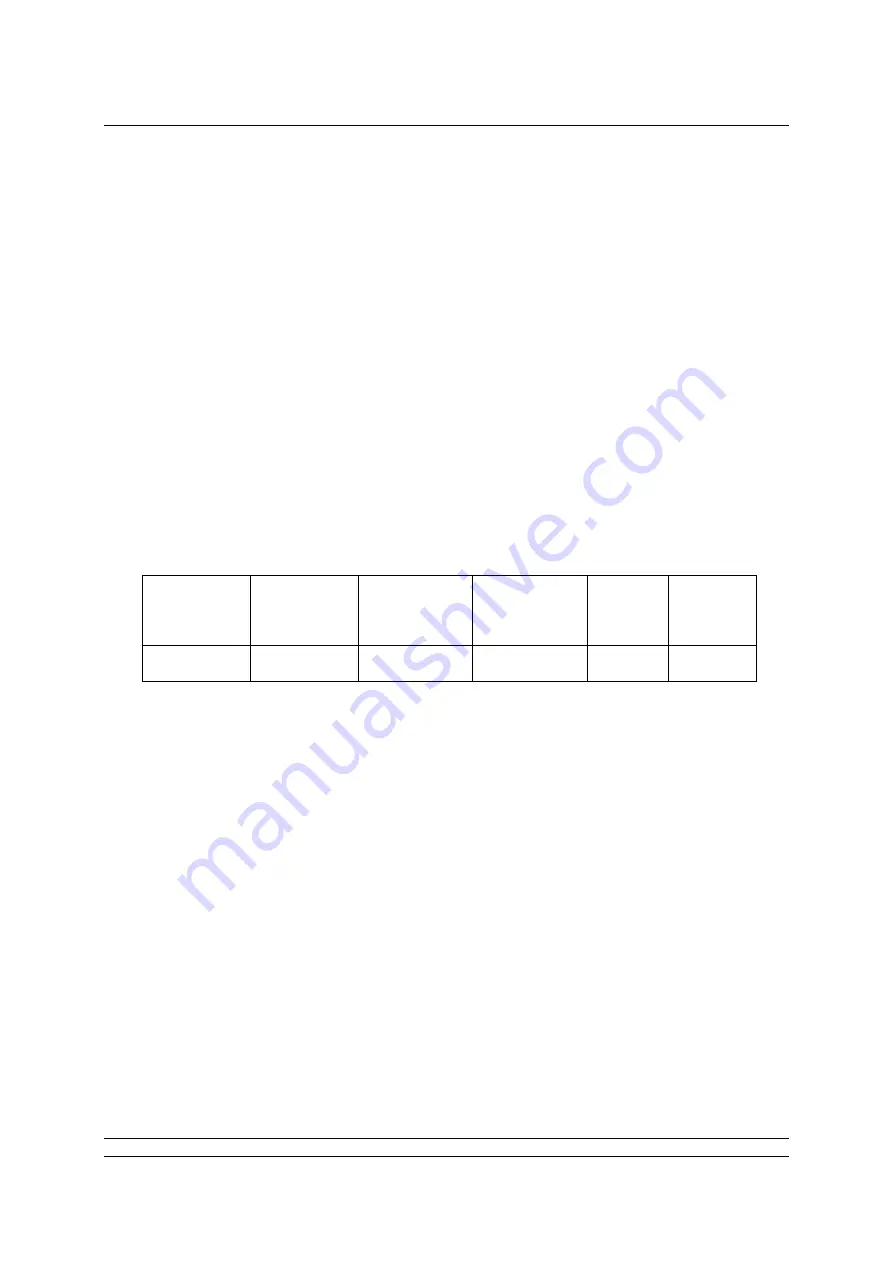
Input and Output Signals
Publication
PUB091-004-00_0918
41 of 64
7
MODBUS DATABASE
The data in the Modbus Module may be collected using a number of different Modbus function codes.
Similarly the commands to the MFU can be either register or discrete based. This inbuilt flexibility is
designed to allow for any host device to be able to access the actuator over a Modbus network in the
simplest way.
This section provides information on the function codes supported and the data that may be collected
or commands issued using those codes.
In all cases, registers and discrete locations are numbered from 0 and do not include any
offsets.
7.1 Modbus RTU Message Frame
Message synchronisation is maintained by stimulation; the receiving MFU monitors the elapsed time
between receipt of characters. If 3 and one-half character times elapse without a new character or
frame completion, then the next byte received will be the start of a new message, beginning with the
address.
Modbus
Address
Function
Code
Register or
Discrete
Address
Number of
Registers or
Bits
Data
Field
CRC
Check
8 bits
8 bits
16 bits
16 bits
N bits
16 bits
Fig 17:
Modbus transaction format
7.2 Modbus Address
The Modbus Module allows slave addresses in the range 1 to 247 to be used for devices. The
addresses above 247 are reserved for special functions. Address 0 is recognised by all the
slaves and is used for global Broadcast messages only. This leaves 247 addresses for use by
the connected Modbus Modules on the data highway.
Note that the dual highway unit can use a single address for both highway connections, or it can
use two different addresses.
Single RS-485 highway
Address range supported = 0 to 247 (0 for broadcast)
Dual Independent Isolated RS-485 highways
Address range supported = 0 to 247 (0 for broadcast)
Single RS-485 highway with inbuilt isolating repeater
Address range supported = 0 to 247 (0 for broadcast)
















































